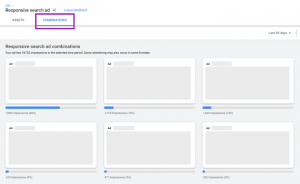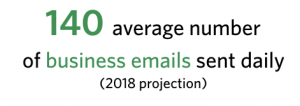— October 24, 2018

rawpixel / Pixabay
Seasonality is both a blessing and a curse for a small business. The blessing is that you have a great opportunity to capture the bulk of your annual revenues during the busy times. However, the prospect of one or more slack months in which revenue is punk but bills still have to be paid can truly seem like a curse. The saving grace is that seasonality is, by definition, predictable, which gives you a chance to prepare for the slow months. Here are some tips to shepherd your business through the lean times:
Understand your fixed and variable costs:
Naturally, you’ll need to cover your fixed costs, although it might be possible to postpone some of them. Variable costs seldom go to zero during slow seasons, but you do have the opportunity to slash them significantly. Adjust your monthly budget to reflect your reduced spending. If you find your cash won’t cover your expenses, contact IOU Financial for a quick business loan, often is as little as 48 hours. Our loans are easy to pay back without putting an undue strain on your cash flow. Because these loans are short-term, your total interest costs are tightly constrained.
Conserve your cash:
Build up your cash reserves during the busy season so that you can enter the slow months with a cushion. Once the slack season begins, execute your budget imperatives, including labor reductions and furloughs. A good strategy for seasonal businesses is to maintain only a minimal employee count and fill with hourly temps during the busy seasons. You can postpone inventory purchases until the end of the slow months and consider factoring your accounts receivable to speed up cash collections.
See the world:
Your vacation schedule will no doubt coincide with your slow season. This is especially feasible for mom-and-pop businesses. If you own an ice-cream store in Maine, then it makes sense to shutter the store during the winter and head off to warm climes. Your variable costs will be reduced to the greatest extent with this strategy.
Renegotiate with your suppliers:
Speak to your suppliers about your seasonal requirements and work out better credit terms during the slow period. For example, if your normal terms are 2/10 net 30, see about extending the payment due date to 60 or 90 days. If you’ve been a good customer, your suppliers will be more likely to accommodate your request. After all, suppliers want you to succeed, and it makes no sense for them to force you out of business and thereby lose a customer.
Adjust your marketing plans:
If you don’t have the ability to shut your business during the slow season, try bringing in more customers through sales events and promotions. You can program special events like raffles, classes, and bonus loyalty points for the slack periods.
Shore up your social media footprint:
If you have extra time during the slow period, put it to good use by increasing your social presence. Exploit your accounts on Facebook and Twitter to push out information about your special promotions. Startup or re-engage a newsletter and/or email campaign with useful and timely content that elicits readership.
Business & Finance Articles on Business 2 Community
(24)









